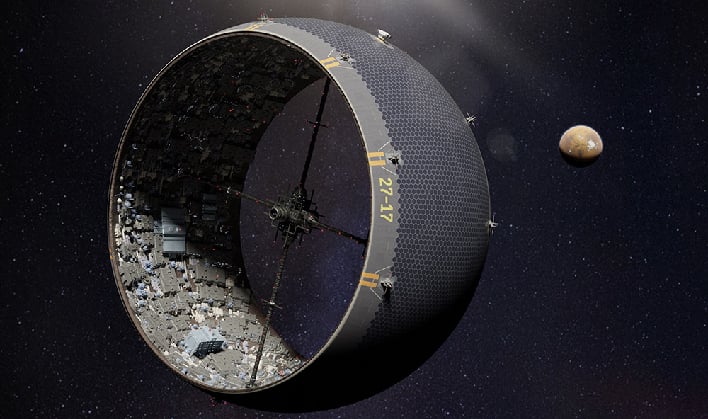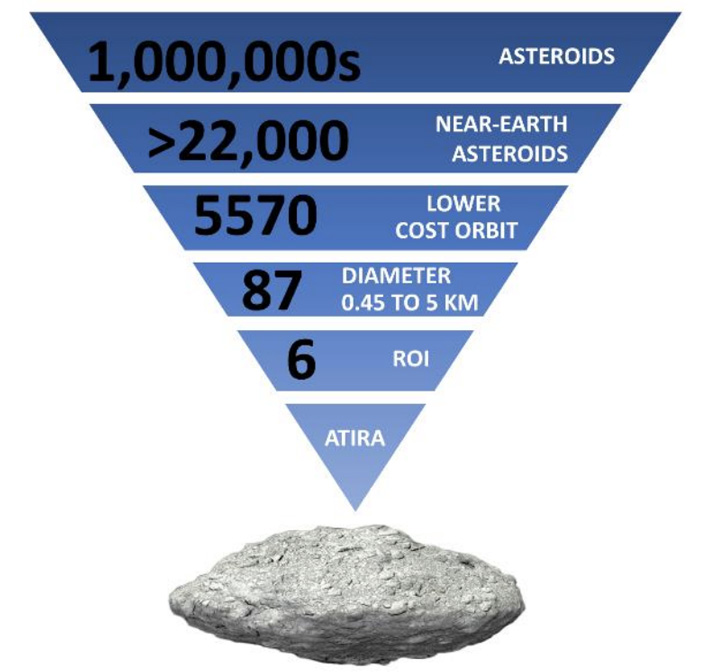Wild Plan Emerges To Turn An Asteroid Into A Space Station Crawling With Spider Robots

The idea of utilizing an asteroid to create a space station is not a new idea. It has been pondered for some years now, with one recent concept being shared by scientists from the University of Rochester. Those scientists deemed their research paper as being "wildly theoretical" and "on the edge of science and fiction." Now, Jensen has released a 65-page paper that goes into great detail about how to turn an asteroid into a space habitat at a fairly inexpensive cost.
Dr. Jensen outlines his paper into three main categories: asteroid selection, habitat style selection, and mission strategy in order to complete the project.
In terms of which asteroid should be used for the space station, Dr. Jensen selected several different known asteroids. In order to narrow the search down even further, he looked at what each asteroid was made of, its proximity to Earth, and its overall size, along with a few other details. After carefully analyzing all the candidate space rocks, Dr. Jensen chose the asteroid Atira.

Atira is an asteroid that is about 4.8km in diameter and has its own moon, a 1km asteroid that orbits nearby. While it is not the closest in terms of proximity to Earth, its orbit is stable, which would greatly enhance stability and the internal temperature of the space habitat that it would eventually become.
Dr. Jensen also looked at several different design options for the asteroid-based space station. In the end, he chose a torus as being the most habitable type. He followed that up with calculations as to how large the space station should be, how to support the inner wall with colossal columns, and how to map out the provided floor space.
For those wondering how one might go about constructing this massive space habitat around an asteroid, Dr. Jensen suggests the use of self-replicating spider robots. His report goes as far as listing out a plan for how to use the spider robots and the base station itself, with both being capable of replicating themselves. He also stresses the importance of only sending the most advanced technical components from Earth and then utilizing materials on the asteroid itself to build everything else. The components that would be constructed from asteroid materials include rock grinders to solar panels.
So, how much time and money does Dr. Jensen foresee this type of project demanding? He estimates the total time it would take to construct the space habitat as being 12 years, at a cost of only $4.1 billion. When one thinks about how much time and money NASA spends on other space projects, that seems fairly reasonable.
Of course, an asteroid space station is simply an idea at this point. However, maybe Elon Musk and Mark Zuckerberg will catch wind of Dr. Jensen's concept and decide they want to host their supposed upcoming fight on the Atira space station. They could call it something like "The Thrilla on Atira!" One can hope, anyway.

